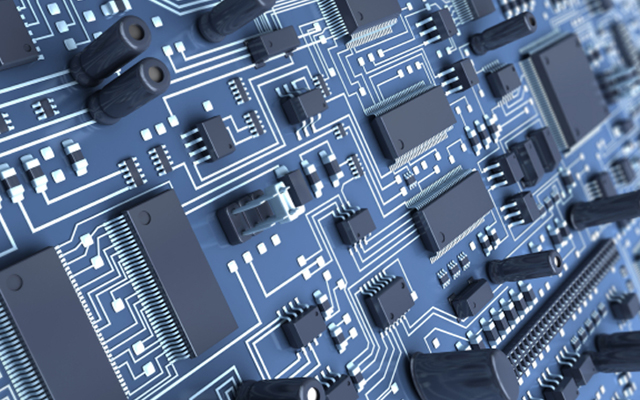Multilayer PCB design recommendations and examples (4, 6, 8, 10, and 12-layer boards) explain PCB design requirements.
1. Layer, Layer Is the complete ground plane(shield);
2. No adjacent parallel wiring layers;
3. All signal layers are as close as possible to the ground plane;
4. Key signals are adjacent to the ground planeand do not cross the partition.
4-layer PCB
Solution 1: There is a ground plane under the component Layer, and key signals are preferentially distributed on the TOP layer. As for the layer thickness setting, the following suggestions are available:
1. Meet impedance control;
2.The core board (GND to POWER) should not be too thick to reduce the distributed impedance of the ground plane; to ensure the decoupling effect of the power plane.
Solution 2:
Defect: 1. The power and ground are too far apart, and the power plane impedance is too large.
2. Power supply and ground plane are extremely incomplete due to component pads, etc.
3. Signal impedance is discontinuous due to incomplete reference plane.
Solution 3: Similar to Solution 1, applicable to the situation where the main device is placed in BOTTOM or the key signals are routed at the bottom layer.

6-layer PCB
Solution 3: A signal layer is reduced, and an internal electrical layer is added. Although the number of layers available for wiring is reduced, this PCB design solution addresses the common deficiencies of solution 1 and 2.
Advantages:
- The power and ground planes are tightly coupled.
- Each signal layer is directly adjacent to the internal electrical layer and has effective isolation from other signal layers, making crosstalk difficult to occur.
- Siganl_2 (Inner_2) is adjacent to two internal electrical layers GND (Inner_1) and POWER (Inner_3), which can be used to transmit high-speed signals. The two internal electrical layers can effectively shield the external interference to the Siganl_2 (Inner_2) layer.
Solution 1: 4 signal layers and 2 internal power / ground layers are used, with more signal layers, which is beneficial to the wiring work between them.
Defect: 1. The power layer and the ground layer are far apart, and are not sufficiently coupled.
2. The signal layer Siganl_2 (Inner_2) and Siganl_3 (Inner_3) are directly adjacent, the signal isolation is not good, and easy to crosstalk.
8-layer PCB
10-layer PCB
12-layer PCB
Personal summary:
1. The key signal layer of PCB design should be adjacent to ground, and GND should be adjacent to power to reduce the power plane impedance.
2. Do not adjacent the signal layers, increase the isolation between the signals to avoid crosstalk.
3. The signal layer should be as close as possible to the ground plane. Do not run parallel wiring between adjacent layers.
4. For the transmission line, the top and bottom layers are analyzed with a microstrip line model, and the internal signal layer is analyzed with a stripline model. The signal layer on both sides of the substrate 6 layers / 10 layers 14 layers / 18 layers is better to use software.
5. If there are other power , it is preferred to run thick lines on the signal layer, and try not to split the electrical ground layer. The high-speed line is best to go to the inner layer, and the top and bottom layers are easily affected by external temperature, humidity, and air, and are not easy to stabilize.

